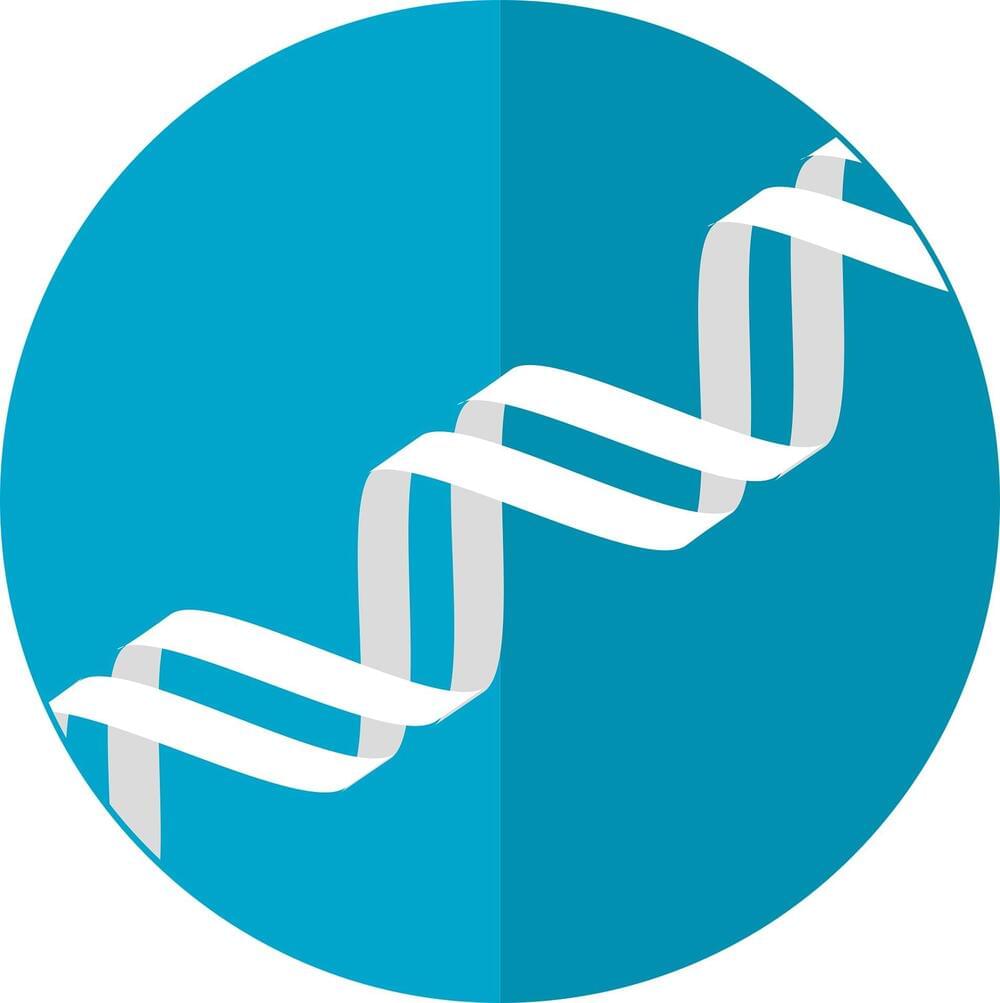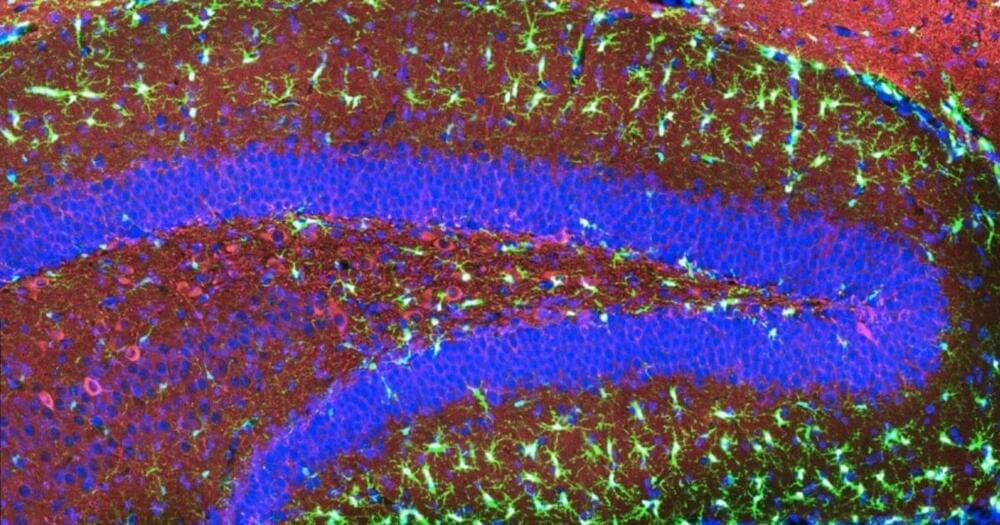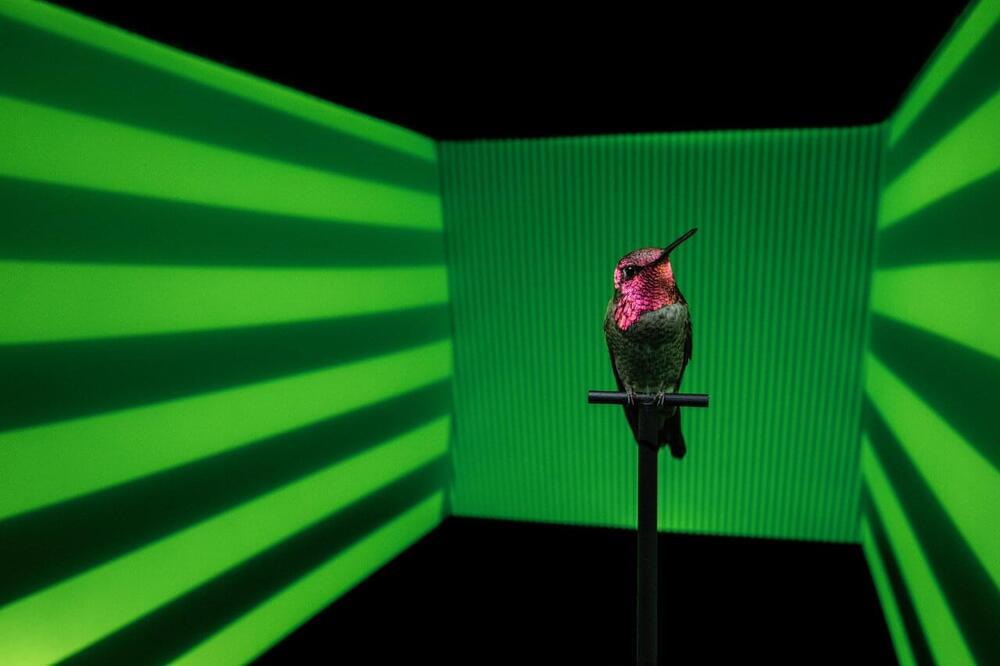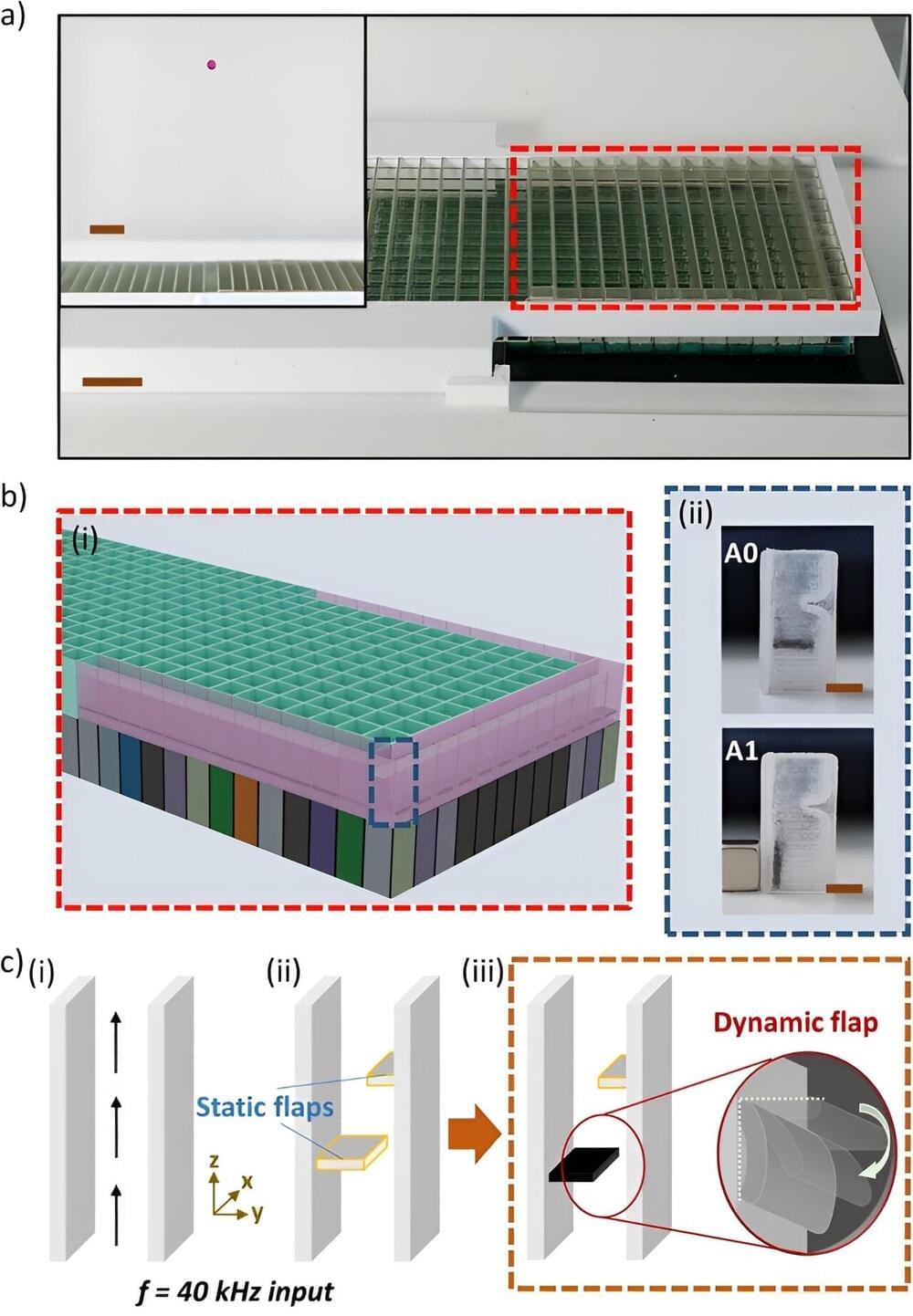How is a black hole formed? In the simplest language, a black hole is born when a star dies. Now, astronomers have claimed that they might have just witnessed the birth of such a black hole in a major first. This is huge for the scientific community worldwide as it directly links the death of a star to the formation of a black hole-like compact object.
“Our research is like solving a puzzle by gathering all possible evidence,” Ping Chen, a researcher at the Weizmann Institute of Science in Israel, and lead author of a study published in Nature, was quoted as saying by Cosomos Magazine.
It started with the discovery of a super bright object in space, called SN 2022jli. The object, located some 76 million years away, was discovered by a South African amateur astronomer, Berto Monard. Soon it was confirmed that they had their eyes set on a supernova. A supernova occurs just as a star is breathing its last, or when a black hole is about to form.









